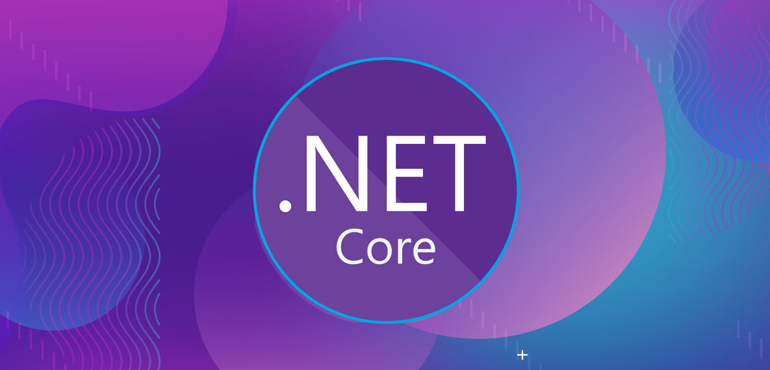
Migrating Legacy Applications to .NET Core
Frameworks and technologies that were once cutting-edge can become outdated over time:
This is the case with many legacy applications built on the .NET Framework.
While the .NET Framework served its purpose well, .NET Core offers a plethora of advantages, making it a compelling choice for modernization. This article delves into the process of migrating legacy applications to .NET Core, exploring the benefits, challenges, and best practices involved.
Why Migrate to .NET Core?
Migrating legacy applications may seem like a daunting task, but the benefits of .NET Core can make it a worthwhile investment. Here are some key reasons to consider migrating:
Cross-Platform Compatibility:
Unlike the .NET Framework, which is primarily Windows-centric, .NET Core is cross-platform. It runs seamlessly on Windows, Linux, and macOS, providing greater flexibility in deployment options. This allows you to explore cloud-based deployments or target new platforms for broader reach.
Performance and Scalability:
.NET Core applications tend to be lighter and faster than their .NET Framework counterparts. The modular architecture of .NET Core enables developers to choose only the necessary components, leading to smaller deployment sizes and improved performance. Additionally, .NET Core leverages a modern runtime that scales efficiently, allowing your application to handle increased workloads more effectively.
Open Source and Active Development:
.NET Core is open-source and benefits from a vibrant community of developers. This translates to faster bug fixes, frequent updates with new features, and a wealth of readily available libraries and tools. The open-source nature also fosters transparency and allows for deeper customization compared to the proprietary .NET Framework.
Modern Development Experience:
.NET Core leverages a modern development experience built around C# and Visual Studio. This allows developers to utilize the latest features of C#, such as asynchronous programming and improved null-checking. Visual Studio provides excellent support for .NET Core development, including debugging tools and code refactoring capabilities.
Reduced Maintenance Costs:
Maintaining a legacy application can be resource-intensive, especially with limited support from Microsoft for older versions of the .NET Framework. Migrating to .NET Core allows you to benefit from ongoing updates and security patches, potentially reducing long-term maintenance costs.
Challenges of Migration While migration offers significant benefits, there are also challenges to consider:
Complexity of the Application:
The complexity of your legacy application plays a crucial role in migration difficulty. Large applications with intricate dependencies might require a more phased and strategic approach to minimize disruption. Google Search didn’t find relevant content. Consider researching further to assess the statement.
Testing and Validation:
Thorough testing is essential to ensure the migrated application functions as intended. This may involve revisiting unit tests, integration tests, and end-to-end user acceptance testing to guarantee seamless operation after migration.
Dependency Management:
Legacy applications often rely on libraries and frameworks that may not be readily compatible with .NET Core. You'll need to explore migration paths or identify alternatives for these dependencies.
Skillset Gap:
If your development team lacks experience with .NET Core, there might be a learning curve involved. Training or hiring developers with .NET Core expertise can help bridge this gap and ensure a smooth migration process.
Strategies for a Successful Migration
To overcome these challenges and ensure a successful migration, here are some best practices to follow: Assessment and Planning: Before diving into the migration itself, a thorough assessment of the target application is crucial. Analyze the application architecture, dependencies, and areas that might require special attention. This assessment will help formulate a detailed migration plan with clear milestones and timelines.
Phased Migration:
Consider a phased approach to minimize risk and disruption. Start with a smaller, less critical component of the application and gradually migrate other modules. This allows for incremental testing and troubleshooting before moving on to more complex areas.
Leverage Migration Tools:
Microsoft provides tools like the .NET Upgrade Assistant to automate parts of the migration process.
These tools can help identify compatibility issues and suggest potential solutions, reducing manual effort and streamlining the migration. Focus on Code Modernization: The migration process presents an opportunity to modernize your codebase. Refactor code to align with best practices for .NET Core development. This includes utilizing asynchronous programming patterns, dependency injection, and leveraging the latest C# features for improved maintainability and efficiency.
Testing and Documentation:
Comprehensive testing is paramount. Implement unit tests, integration tests, and user acceptance testing throughout the migration process to ensure functionality is preserved. Additionally, proper documentation of the migration process and changes made can be invaluable for future maintenance and updates.
Conclusion
Migrating legacy applications to .NET Core is a strategic decision that can unlock a plethora of benefits. By carefully considering the advantages, potential challenges, and best practices outlined above, you can approach modernization with a well-defined plan and ensure a smooth transition for your applications.









